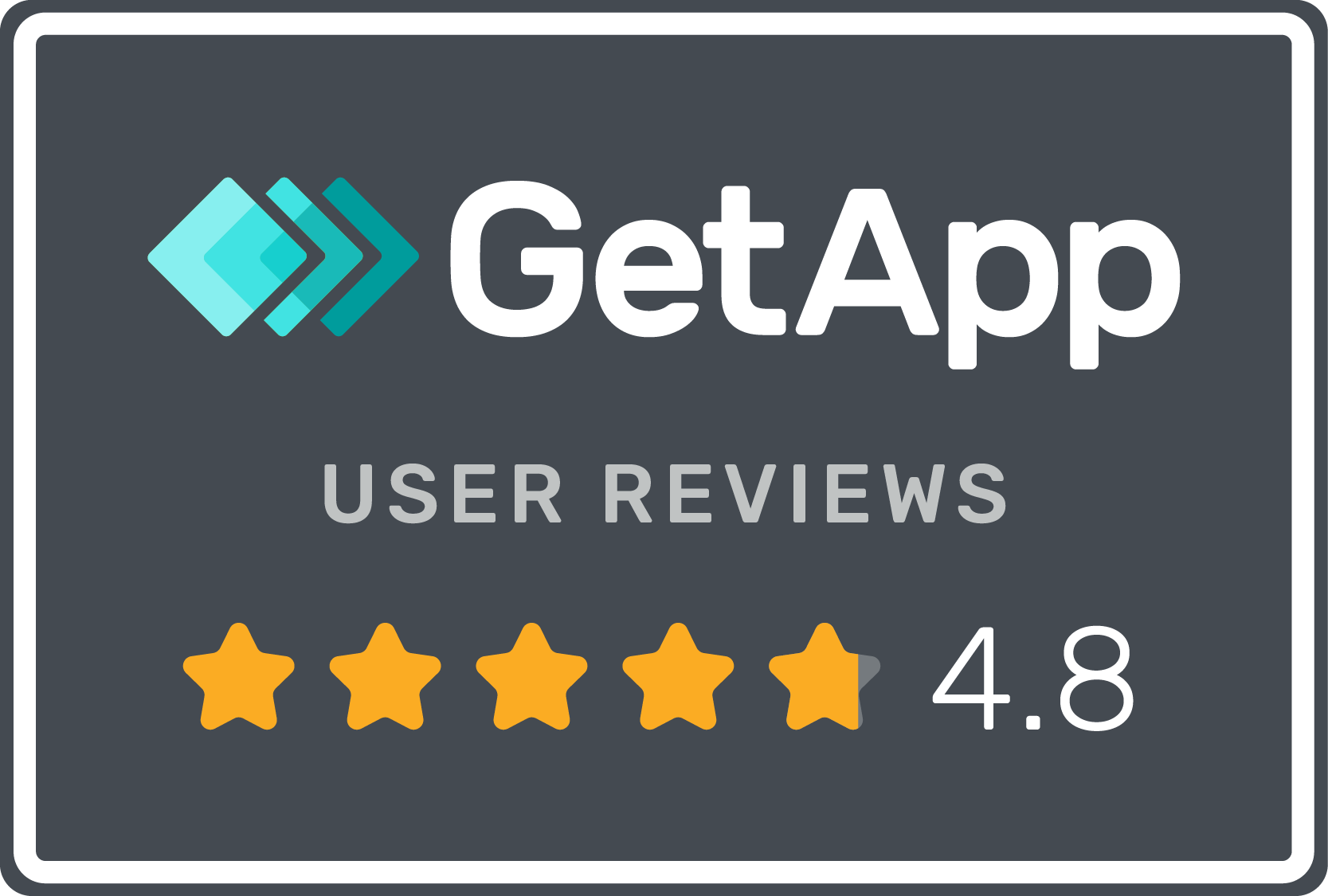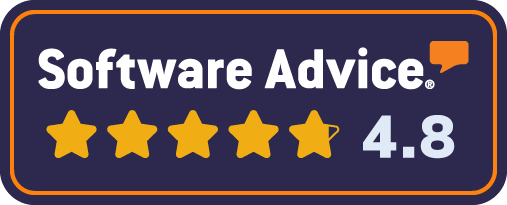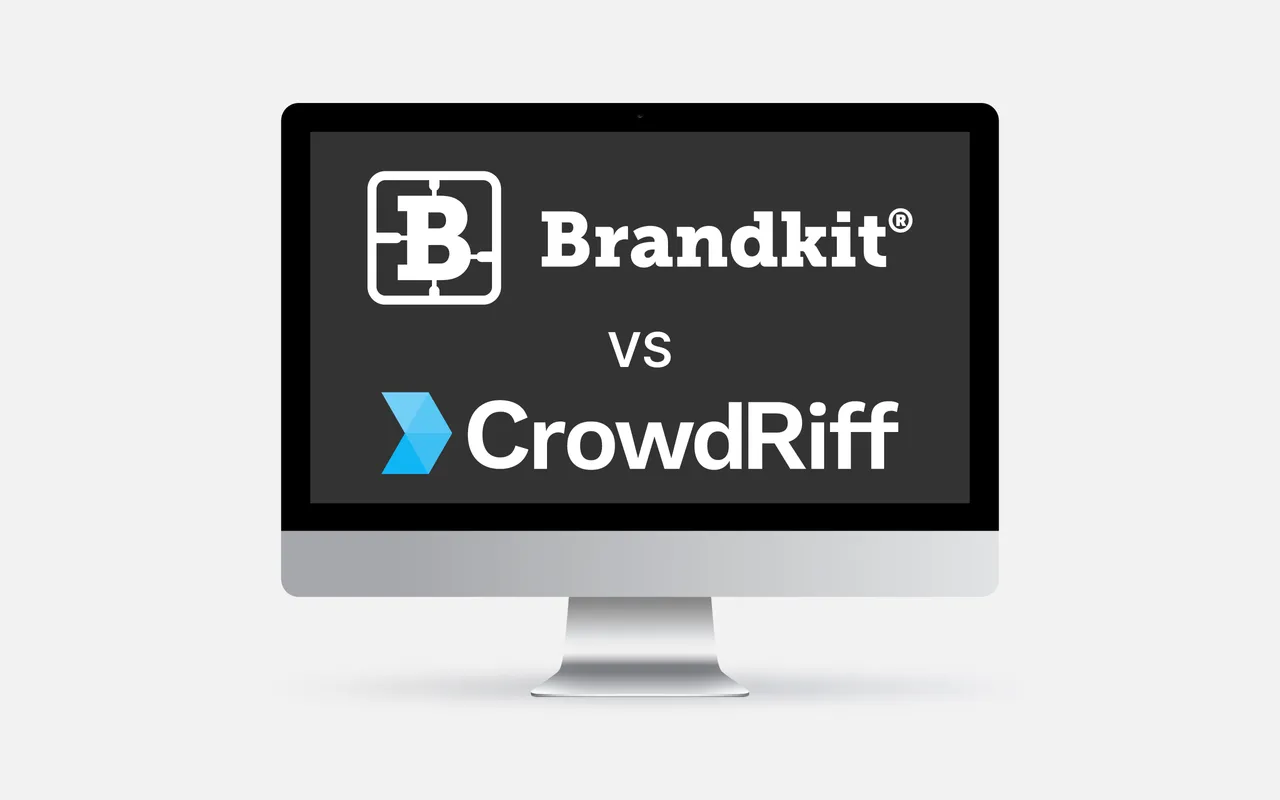
Brandkit vs CrowdRiff
Caveat: I am the founder and CEO of Brandkit and so obviously have a bias in this analysis. That said I asked ChatGPT to help write this article, and have tried to be as fair as possible in my analysis. However while I know Brandkit intimately, I do not have intimate knowledge of CrowdRiff’s product, and this analysis is based on what I can glean from their website, and from feedback I have had from present or past customers of Crowdriff over several years.
Here goes.
In the current landscape of marketing content and digital asset management (DAM), two platforms stand out for their specialized offerings to marketers and brand managers: Brandkit and CrowdRiff.
Both tools are designed to streamline the organization, sharing, and optimization of digital assets, but they cater to distinct market segments with unique features that set them apart. This blog post dives into a comparative analysis of Brandkit and Crowdriff, aiming to provide marketers with clear insights to help decide which platform best suits their needs.
Brandkit: Empowering Stories with Purpose
Brandkit, with its roots deeply embedded in serving mid to large-sized brands, especially those focusing on place brands, destination marketing organizations, and economic development agencies, is more than just a digital asset management (DAM) system.
It positions itself as a comprehensive Brand Toolkit solution, aiming to help brands engage external users, partners, stakeholders, and journalists as well as internal employees.
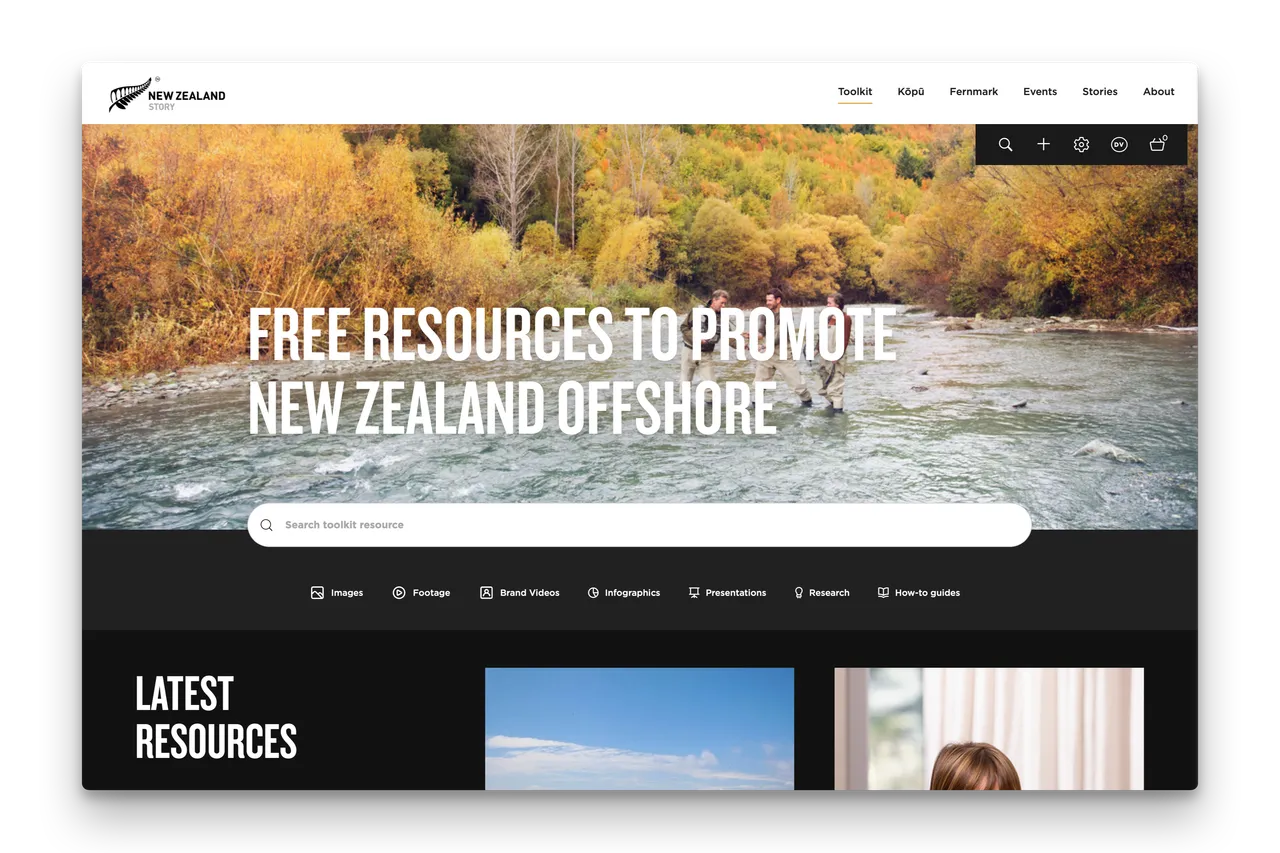
(Customized UI for New Zealand Story powered by Brandkit)
Brandkit’s emphasis on public facing self-serve brand portals or toolkits plus it’s support for meaningful and honest communication shines through its platform, offering features that facilitate not just the management of digital assets but also, the wider distribution of brand resources, that permit and encourage external users to tell a coherent brand story.
Brandkit is good choice for content distribution - particularly for large collections photography and video.
Key Features:
- Publicly accessible and discoverable : Easily setup public (or private) brand portals and toolkits to serve users outside the organization
- Strong Rights Management: Pervasive terms of use, customisable licences and declarations, usage instructions, contribution workflow with full-proof terms, auto attachments of brand and usage guidelines, and configurable user roles all add up to string rights management tools.
- Story-centric toolkit: Tailored for brands that prioritize storytelling through shared content, allowing for a narrative-driven approach to asset organization.
- Intuitive User Interface: Designed for ease of use, ensuring that all users (inside and outside the organization) can efficiently find and utilize assets, in a brand safe way.
- Fully customizable: Brandkit is designed so that every customer can have a unique Brand Portal UI, a custom domain, and plenty of flexible configurations.
- Industrial Strength DAM: The foundation of Brandkit is it’s powerful proprietary Digital asset Management software that supports a huge array of file formats.
- Built in CMS: Brandkit is a hybrid system with both DAM and CMS modules. The CMS is tightly integrated with the DAM allowing intelligent and personalised on-page content.
- Brand Identity Guidelines: Ensures brand consistency by providing easy access to brand guidelines, logos, and templates. Brandkit has a unique auto-attachment feature for PDF based Brand Guidelines, and also support digital brand guidelines.
- Advanced AI powered Search Capabilities: Facilitates quick access to relevant assets through a powerful multi-faceted searchbox, configurable search navigation, search filters and tags. With configurable taxonomy and AI aided auto-tagging.
- Collaboration Tools: Streamlines workflows by enabling teams to collaborate effectively within the platform, with self-serve, self-register, remote access, configurable users roles, access permissions, automatic licencing and terms of use acceptance, a contribution work flow, content syndication and intergration, file transfers and more.
- Integration: Brandkit has a private API that allow integration with hunderds of 3rd party app via middleware like Zapier. It also has direct integration with a number of third party services for SSO logins, file ingestion, CRM integration and AI.
- Analytics and Reporting: Brandkit include web analytics integration with privacy first Plausible analytics built-in, plus configurable Google Analytics. Plus addition content analytics and various reports. Delivers insights into asset usage and performance, aiding in strategic decision-making.
CrowdRiff: Focused on User-Generated Content
CrowdRiff takes a unique approach to DAM, focusing primarily on user-generated content (UGC) from social media networks for travel and tourism brands.
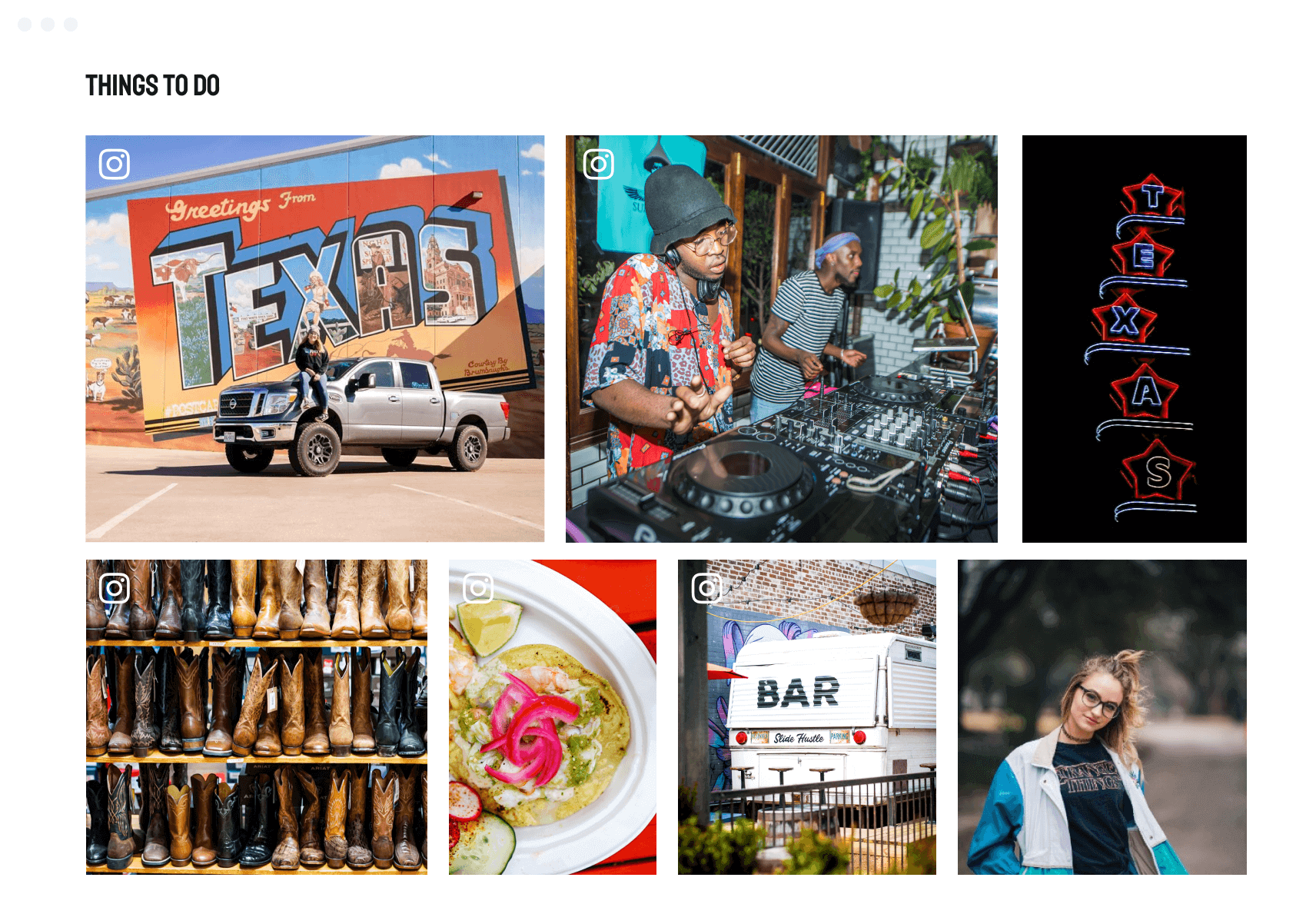
It provides tools to discover, manage, and display authentic visuals that travelers share online, enabling brands to tap into the power of real experiences shared by their audience. Crowdriff is ideal for destination marketing organizations, hotels, and attractions looking to leverage UGC to enhance their marketing efforts.
Key Features:
- UGC Discovery and Rights Management: Offers comprehensive tools to find and secure rights to user-generated content, enriching marketing materials with authentic visuals.
- AI-Powered Smart Curation: Utilizes artificial intelligence to identify and recommend the most impactful content, saving time and resources in content selection.
- Customizable Galleries: Enables brands to deploy social media galleries for their websites, showcasing user-generated content that aligns with their marketing goals.
- Light-weight DAM: a simple DAM that supports MP4, AVI, JPG, PNG, SVG, PDF, and TIFF files.
- Analytics and Insights: Provides detailed analytics on the performance of content, helping brands measure the impact of UGC on their marketing objectives.
- Short form video creator: Provides a tool to generate short form videos suitable for Social Media.
Choosing the Right Platform
When deciding between Brandkit and CrowdRiff, consider the nature of your brand’s marketing strategy and the role of digital assets within it.
Brandkit
Brandkit is your go-to solution if your brand’s relies on others doing a fair bit of your storytelling (typical for Destination Marketing, Place Branding and Economic Development organisations), and you require a platform to enable self-serve access to official brand owned (or licenced) and approved brand content.
Brandkit supports narrative-driven content marketing and story telling by partners.
Brandkit doesn’t offer UGC discovery, but does have strong Rights Management, in fact probably the more robust of the two.
Plus - Brandkit has a unique approach to UGC, in that it can link to social media posts (e.g. in Instagram) without ingesting them. Brandkit’s UGC philosophy is that you can discover, request rights and repost natively in each platform - no additional software subscription required and working natively is often a better experience.
The Brand can then direct influencers (or any other partner, private sector stakeholder, photographer, etc) to a branded Contribution workflow at the Brand’s Brandkit, where a robust Terms of Contribution and workflow await them. The result is typically higher resolution images (and other media types) can be received, plus the Contributor is explicitly contributing - a safer legal process than UGC rights gathering solutions like Crowdriff.
CrowdRiff
CrowdRiff on the other hand, has a clear focus on Social Media from acquisition to re-posting.
CrowdRiff is a great tool for brands that prioritizes social media and influencer content and wish to harness the power of user-generated content. It excels in industries where real-world visuals and experiences significantly influence consumer decisions, such as travel and tourism. If you want to show galleries of social media content on your website, CrowdRiff is a great solution.
CrowdRiff also offers DAM as part of their offering, but it’s fairly lightweight, with limited file type support.
There are tens of competitve solutions that do the UGC discovery, rights gathering and embeddable galleries thing. Often at a considerably lower price. Crowriff is quite expensive relative to those other solutions.
Conclusion
Both Brandkit and CrowdRiff offer innovative solutions to the challenges of digital asset management, but they serve different purposes within the marketing ecosystem.
- Brandkit focuses on providing customised self-serve toolkits for brands, built around brand narratives and official brand owned and licenced professionally produced content, providing a platform for storytelling and brand consistency. This enables employees, partners, stakeholders, journalists to share a coherent brand story using official and approved brand content.
- CrowdRiff focuses on leveraging influencer and user-generated content to primarily embed social media galleries on websites and to repost to social media, in order to create more engaging and relatable marketing materials.
Your choice between Brandkit and CrowdRiff should align with your strategic marketing objectives and how you envision engaging your target audience. By selecting the platform that best fits your brand’s needs, you can maximize the impact of your digital assets and elevate your brand’s presence in the digital space.
Additional comparisons
Brandkit vs Crowdriff
A biased (but hopefully fair) review of Brandkit vs Crowdriff from the founder of Brandkit. Learn which one is better for your business.

